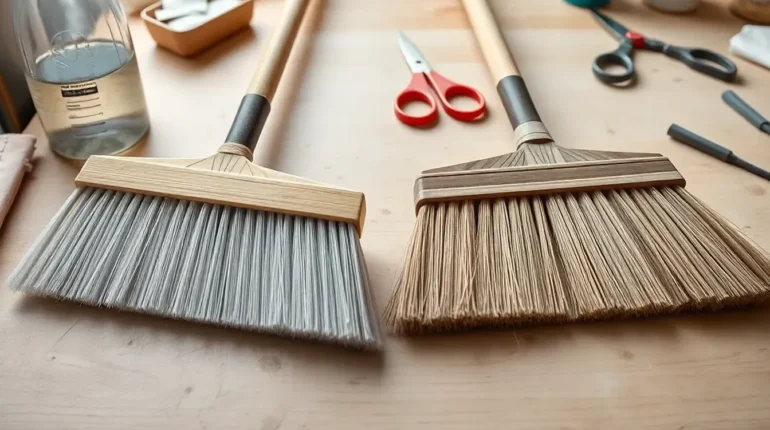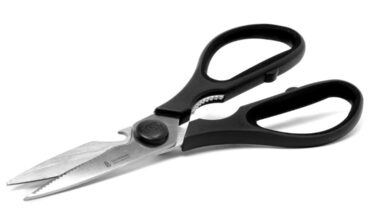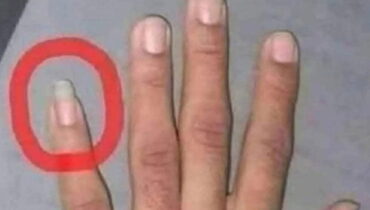📌 The TikTok Broom Hack That Could Actually Ruin Your Cleaning

Posted 22 July 2025 by: Admin
Image d’illustration © TopTenPlay EN
The Great Broom Trimming Debate: What Cleaning Experts Really Say
The latest cleaning craze sweeping TikTok promises a simple solution to extend your broom’s lifespan: grab a pair of scissors and trim away frayed, uneven ends. Videos showcasing this apparent hack have garnered thousands of views, with users claiming their trimmed brooms perform better and last significantly longer.
But before you reach for those shears, cleaning professionals are sounding the alarm. The reality behind this viral trend is far more complex than social media suggests, and the consequences of following this advice could actually damage your cleaning tool’s performance.
Katie Konopka, senior product manager for brooms at O-Cedar, delivers a stark warning: trimming synthetic fiber brooms is counterproductive. « Most broom manufacturers, including O-Cedar, flag the ends of the broom’s bristles, » she explains. This flagging process deliberately splits each bristle end, similar to split ends in hair, creating a fuller, more efficient cleaning surface.
The science behind this manufacturing technique reveals why the TikTok hack fails. Flagged bristles increase sweeping efficiency, capturing more dust and debris with each stroke. When users trim these carefully engineered ends, they’re essentially undoing the manufacturer’s design improvements.
However, the debate isn’t entirely settled. Some experts acknowledge that different broom materials require different maintenance approaches, suggesting the viral trend might have merit in specific circumstances.
Image d’illustration © TopTenPlay EN
Why Your Synthetic Broom Should Never Meet Scissors
Understanding the sophisticated technology behind modern synthetic brooms reveals exactly why this TikTok trend backfires so dramatically. The flagging process that Konopka references represents years of manufacturing refinement, designed to maximize cleaning efficiency through deliberate bristle engineering.
During production, manufacturers intentionally split each synthetic bristle end into multiple strands. This creates dramatically more surface contact points with floors, transforming a single bristle into several cleaning edges. The result is exponentially increased dust and debris capture with every sweep motion.
When scissors meet these carefully crafted bristles, the damage is immediate and irreversible. Each cut eliminates the split ends that manufacturers specifically created to boost performance. « You’ll lose sweeping performance, » Konopka emphasizes, noting that trimmed synthetic brooms essentially revert to inferior, pre-flagged designs.
The financial implications are equally concerning. Premium synthetic brooms command higher prices precisely because of their flagged bristle technology. Trimming effectively destroys the value-added feature consumers paid for, turning an advanced cleaning tool into a basic, less effective version.
O-Cedar’s warning extends beyond performance concerns. The company’s testing reveals that flagged bristles make brooms « fuller, and therefore more efficient in each sweep, leaving less dust and debris behind. » This isn’t marketing hyperbole—it’s quantifiable cleaning science.
Yet the story becomes more nuanced when examining natural fiber alternatives, where traditional maintenance approaches may still hold value.
Image d’illustration © TopTenPlay EN
Natural Fiber Brooms: The Exception To The Rule
Traditional natural fiber brooms operate under fundamentally different principles than their synthetic counterparts, making them the surprising exception to the no-trimming rule. Unlike manufactured flagged bristles, natural fibers deteriorate organically through use, developing genuinely damaged ends that actually hinder performance.
Becky Rapinchuk, renowned cleaning expert known as Clean Mama, advocates specifically for natural fiber broom trimming. « Trimming removes damaged ends and helps maintain the broom’s sweeping efficiency, » she explains, distinguishing this maintenance from the destructive cutting of synthetic bristles.
The longevity benefits are substantial. According to Rapinchuk, « A well-maintained natural fiber broom can last years longer with occasional trimming. » This dramatic lifespan extension justifies the careful maintenance approach, transforming what might seem like an outdated tool into a long-term investment.
Proper technique becomes crucial for successful natural fiber trimming. Rapinchuk emphasizes precision: trim only uneven ends and cut straight across to maintain an even sweeping surface. Sharp scissors ensure clean cuts that prevent further fraying, while dull shears create ragged edges that accelerate deterioration.
Post-trimming care requires immediate attention. A quick rinse removes loose debris and trimmed fiber fragments. Complete drying before use prevents mold development and maintains bristle integrity.
The natural fiber approach reveals that not all brooms respond identically to maintenance techniques. Understanding these material differences proves essential for maximizing cleaning tool performance and longevity, regardless of which storage methods ultimately preserve their effectiveness.
Image d’illustration © TopTenPlay EN
Proper Broom Storage: The Real Secret To Longevity
While trimming techniques vary dramatically between broom types, storage principles remain universally critical for maximizing any broom’s lifespan. The positioning method chosen can either preserve bristle integrity or accelerate deterioration through constant stress damage.
Katie Konopka from O-Cedar identifies the fundamental storage principle: avoid bending or flexing bristles at all costs. « We recommend hanging it from its handle or storing it upside down (head up), » she explains. This positioning prevents the constant pressure that gradually weakens bristle structure and reduces sweeping effectiveness.
The upside-down storage method proves particularly effective for households lacking wall-mounted hooks. By inverting the broom with bristles pointing upward, weight distribution shifts away from delicate cleaning surfaces. This simple repositioning eliminates the crushing effect that occurs when brooms rest bristle-down against floors or walls.
Regular maintenance extends beyond positioning. Konopka recommends combing out tangled debris that accumulates during use, preventing permanent bristle matting. Periodic washing with mild soap and water removes embedded dirt and oils that stiffen natural and synthetic fibers alike.
Complete drying after cleaning prevents mold development and bacterial growth that compromise both hygiene and structural integrity. These storage and maintenance practices prove far more impactful than trimming debates, offering universal solutions that preserve performance regardless of bristle material or manufacturing technique.
The evidence suggests that proper storage transforms any broom into a long-lasting cleaning investment, making replacement purchases increasingly unnecessary while maintaining optimal cleaning results throughout extended use periods.


















